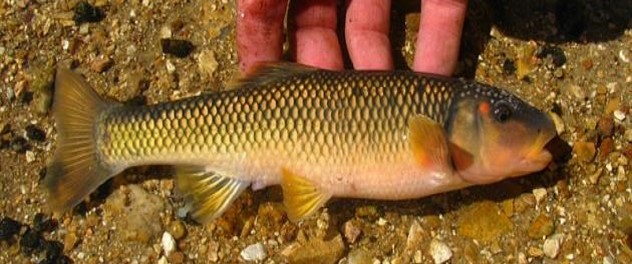Coordinating Aquatic Conservation Tools to Connect Priority Geographies and Guide Landscape-Level Conservation

Objectives
-
1) Identify areas of greatest aquatic conservation value within and outside the existing PW and PG network including priorities for creating or maintaining spatial connectivity of important habitats.
2) Work with the Priority Watershed development team to identify information needed to make landscape-level conservation decisions associated with PWs and enhance managers’ knowledge and use of the various tools available
3) Develop a decision tree or similar guide with supporting datasets to help managers coordinate use of existing tools to answer landscape-level questions
Landscape Aquatic Indicators and Assessment website
Overview
Recent efforts by MDC has led to the development of various conservation area delineations including Fisheries Division Priority Watersheds (PWs), but also includes Priority Geographies (PGs) that are Department-wide focal landscapes with multiple conservation objectives (e.g., fish, forest, wildlife).
These types of conservation networks are a primary tool in stream fish conservation at large spatial scales. However, large watersheds often cannot be protected because of private land ownership and other constraints, so agencies may employ a series of smaller protected areas (e.g., PG). However, the spatial relationship of these areas is often not formally considered in conservation plans. Identifying key areas for aquatic conservation within and between geographies would guide efforts that result in a future network of connected landscapes that are a long-term focus for management and make the most efficient use of limited conservation resources. Another aspect of conservation planning is to determine what metrics or tools can be used to assess management actions at the landscape scale. However, managers may not be aware of the diversity of tools available or in development to assist them with conservation decisions, or how to coordinate their use to maximize effectiveness. There also is little information describing how geographies could interact to provide conservation benefits outside their boundaries including spatial distribution and connectivity of PW and PG “islands” at a statewide scale.